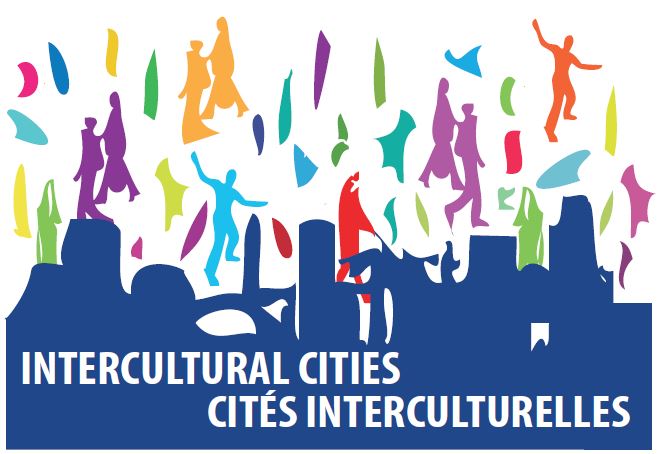The Patras Carnival goes back more than 180 years ago and has evolved tremendously due to the different cultural influences from Patras, Eastern Italy and the Ionian Islands. Based on openness, creativity and innovation, culture is here constantly in a process of transformation, merging various cultural elements and adapting to current societal topics. The carnival takes place every year, starting on the 17th January and lasting till the beginning of March, ending on “Clean Monday”. Throughout these weeks a variety of activities and celebrations are held, such as parades and dances, exhibitions and creative contests as well as a “Carnival of Children” held on the second to last weekend. The parades specifically address current societal issues, while the costumes and chariots are designed and created to reflect these issues. Each parade has a specific theme, such as equality, discrimination, human rights, migration or unemployment. Anyone can take part and form a carnival group with the opportunity to take part in a contest and winning an “honored award” in the closing ceremony. The groups may create their own chariots, although these are usually designed and created by the “Patras Carnival Laboratory”. The carnival is organized by the Municipality of Patras, specifically by the “Patras Carnival Municipal Enterprise”, but the carnival groups themselves play a large role in the organization and preparation of the events. Each year it is evaluated by a committee, taking suggestions and making recommendations for the next year.
For more information:





